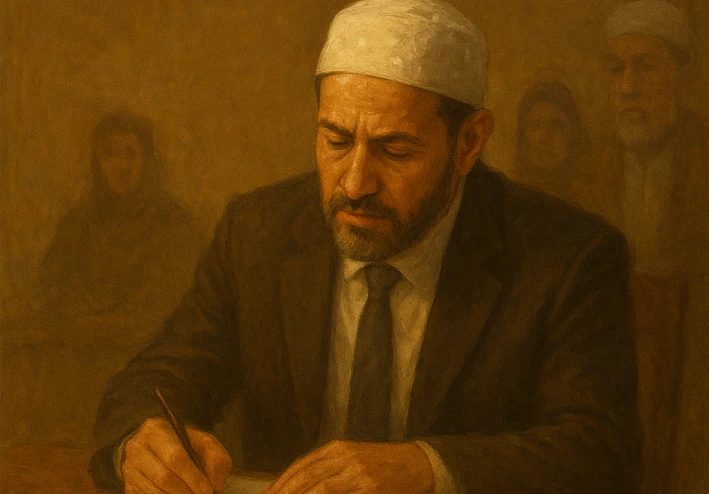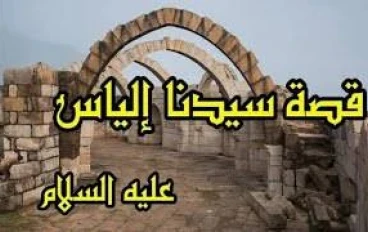
The President’s Register of Return
The President’s Register of Return
In the quiet after the inauguration’s last trumpet, President Hasan recalled the Prophet’s teaching that every leader is a trustee (amanah) and will one day stand before God to give account. The capital’s marble halls gleamed, but outside those halls people whispered of delays, missed rations, and services promised but not delivered. Hasan resolved that his administration would not only produce reports and press releases, but a living practice of accountability that tested systems and hearts alike. He named it the Register of Return — an institutional ritual of inspections that was both novel and rooted in the practice of muhasaba, inward reckoning.
He formed an assembly unlike any that had served before: engineers and auditors stood beside imams and community elders; statisticians worked alongside teachers and social workers. Each inspector carried two tools: a ledger of evidence and a sitting mat for listening. Their mandate was exclusive and dual: to conduct forensic operational audits that traced funds and procedures, and to hold restorative circles where grievances were heard and repentance, practical rectification, and timelines for repair were agreed. The inspections were public in outcome but discreet in correction, because dignity required that errors be named without spectacle and corrected without humiliation.
The first piloted inspection took Hasan to a coastal town where boats had rotted while new harbors sat unused. Technical auditors found contracts poorly specified and inventory unaccounted; the moral circle uncovered a deeper rot — a pattern of decisions made by distant committees without the knowledge of fishing cooperatives, and a clerk who feared reprisal if he spoke truth. The inspectors convened a public verification, then a private restorative session where apologies were given and a binding plan drafted. Hasan signed the first entry in the Register of Return there: names, mistakes, commitments, and dates for verification. The act of writing became itself a lesson in humility for those used to signing orders without listening.
Each inspection followed strict but compassionate procedure. Teams arrived without pomp, announced their presence, and posted plain-language notices of findings. For every technical recommendation there was a paired restorative measure: restitution where money had been taken, retraining where incompetence prevailed, and shared oversight where opacity had allowed greed. Importantly, inspections required local representation on monitoring boards so that communities could see corrective action translate into daily life. The novelty was in insisting that audits ended not in reports gathering dust but in community-driven accountability circles that met to confirm change.
Over months the Register’s entries grew into patterns that revealed systemic flaws — procurement rules that rewarded secrecy; rotation systems that siloed responsibility; cultural habits that normalized deference over truth. The Council instituted structural reforms: procurement transparency portals, rotating oversight that included ordinary citizens, and a fast-track mechanism for whistleblowers protected by law and community pledge. But perhaps more lasting were the rituals: monthly town sittings where leaders read aloud the status of promises, and presidential days of muhasaba when ministers publicly reviewed their own Register entries and accepted verification.
When a scandal later surfaced in a national health program, the system refused to collapse under outrage alone. Instead inspectors produced a dual record: the forensic chain showing where resources vanished, and the restorative map showing the human impacts. The leadership that had erred came forward, offered restitution, reformed contracting procedures, and participated in public circles where survivors’ voices steered policy change. The Register’s requirement that leaders write their errors into a public ledger transformed personal confession into practical governance—apology was paired with measurable repair.
Years after these practices began, communities testified that services improved and that power felt less distant. Young auditors emerged from humble backgrounds; imams taught sermons about amanah with examples from the Register; officials learned that accountability meant daily care rather than occasional crisis management. President Hasan stepped down knowing he had not perfected governance — no one ruler can — but he had planted a discipline. The nation learned that accountability is not merely punishment; it is a continuing craft of correction, a blend of inspection and mercy, of numbers and names, of ledgers and listening.



































